💎 CLICK FOR FREE RESOURCES
Year-End and Soft Commodities:
What To Expect Between Q4 2025 and Q1 2026
COFFEE MARKETGUIDE
Matteo Borea
10/4/20252 min read
Every year, the final quarter of financial markets follows predictable patterns. Big funds and institutional players engage in window dressing: closing or rebalancing positions to present cleaner year-end books. That usually means taking profits when they’re in the green, or cutting losses to avoid carrying them into the new fiscal year.
At the same time, risk exposure gets trimmed (de-risking), because trading volumes drop around Christmas. Lower liquidity amplifies volatility, often creating “artificial” price moves. Add to this the U.S. tax-loss harvesting (selling loss-making assets before Dec 31 to offset gains), the futures rollover from December to March, and the quirks of a thin market where a handful of orders can swing prices by 5% in a single day — and you get the cocktail of year-end volatility.
For coffee, already under tension for more than 18 months, these structural behaviors combine with sector-specific factors: speculative fund positions, exporters mostly hedged, importers winding down their books. The outcome is a market that looks unstable on the surface, but actually follows its own seasonal logic. For roasters, the key is learning how to read it and act before it acts on you.
What to Expect Through the End of 2025
The next months are unlikely to bring a trend reversal, but rather technical corrections. Funds won’t exit the market entirely, yet many will lighten positions in December. That can trigger sudden dips, but don’t confuse them with a bearish turn.
The real trap is late December. Volumes collapse, offices are half-empty, algorithms drive the moves. That’s when you see crazy swings without any fundamental reason.
For roasters, the translation is simple: if you need cover for January–February volumes, don’t wait for the Christmas break. Buy earlier in the month or take advantage of profit-taking dips by funds.
January–March 2026: The Real Test
When institutional traders return in January, liquidity and direction come back. If sentiment stays bullish, very likely given today’s high-price environment, funds may reload their long positions, pushing markets toward new highs.
On the industrial side, many European roasters will start the year with thinner inventories, after waiting for corrections that never came. That creates a wave of buying in early Q1, often amplifying rallies. If December had seen too sharp a correction, the risk of a January short squeeze becomes real.
Robusta will also be in the spotlight: if Vietnam’s new crop exports flow slowly, pressure remains elevated.
For roasters, this means one thing: don’t expect miracles on the downside. It’s far more realistic to plan for sustained high prices with sudden spikes.
How to Protect Margins
Progressive coverage: lock in at least 30–40% of Q1 needs before December ends, then layer in additional coverage in January–February.
Avoid the “Christmas panic buy”: it’s when prices are least rational.
Focus on margins, not perfect timing: chasing the absolute bottom is an illusion.
Stability first: securing costs now lets you update your price lists with confidence and stay ahead of the game.
The biggest risk isn’t “overpaying”, it’s staying uncovered in a market that can jump 20% in a month. Running a roastery today means more than crafting great coffee. It requires interpreting market signals, acting proactively, and removing chance from the equation.
In short: less gambling, more strategy.


© Matteo Borea - All rights reserved - Z0145324S


